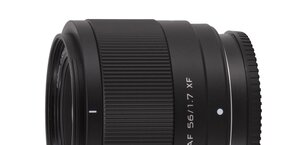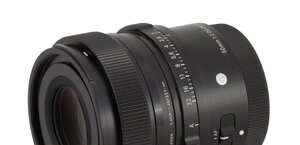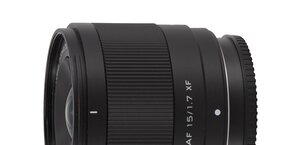Nikon Nikkor Z 14-30 mm f/4 S
6. Distortion
First, let's deal with the smaller APS-C/DX sensor. Everything looks perfectly well as long as you stick to JPEG files. The results we got at 14, 16, 20, 24, and 30 mm are, respectively: +0.18%, +0.19%, +0.06%, +0.03%, andá+0.01%. All of them, within the margin of error, are practically zero so there are no problems whatsoever.
| Nikon Z7, APS-C, JPEG, 14ámm | |||
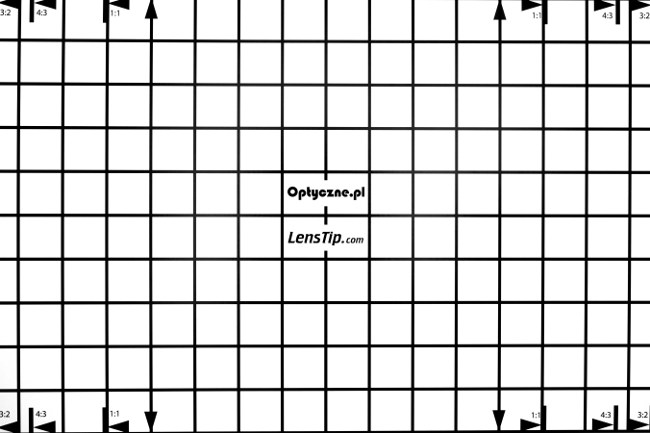
|
|||
| Nikon Z7, APS-C, JPEG, 16ámm | |||
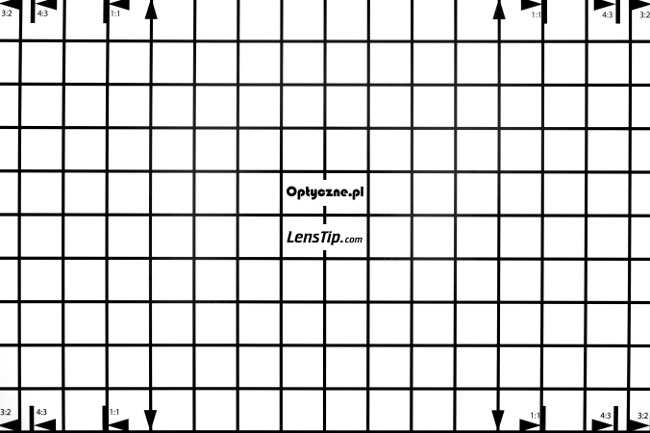
|
|||
| Nikon Z7, APS-C, JPEG, 20ámm | |||
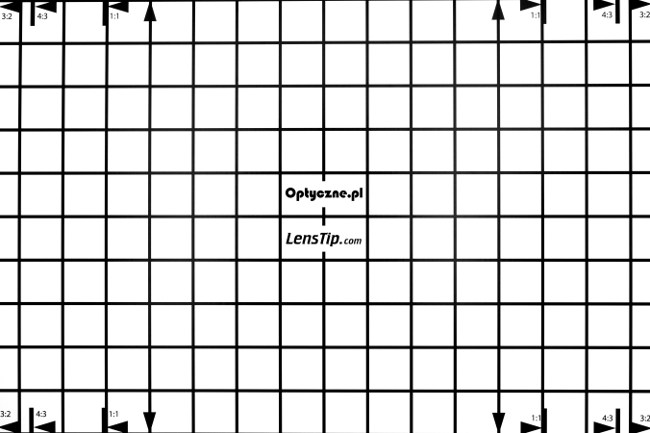
|
|||
| Nikon Z7, APS-C, JPEG, 24ámm | |||

|
|||
| Nikon Z7, APS-C, JPEG, 30ámm | |||
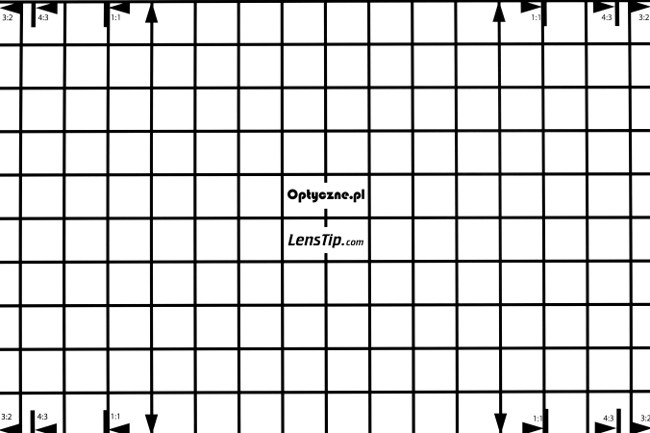
|
|||
Please Support UsIf you enjoy our reviews and articles, and you want us to continue our work please, support our website by donating through PayPal. The funds are going to be used for paying our editorial team, renting servers, and equipping our testing studio; only that way we will be able to continue providing you interesting content for free. |
- - - - - - - - - - - - - - - - - - - - - - - - - - - - - - - - - - - - - - - - - - - - - - - -
Still, the real situation can be revealed only by RAW files developed with neutral software such as dcraw and it's nothing we would like. It isn't perhaps very bad per se but it also constitutes a very bad prognosis for the performance on full frame.
At 14 mm you deal with barrel variant which is relatively easy to spot as its value amounts to −2.84%. At 16 mm it decreases to −1.13% and a moment later it turns zero and then changes the sign. At 20 mm you deal with a low level of pincushion distortion of +0.63%. With further lengthening of the focal length that 'pincushion' increases - at 24 mm it is already +1.34%, and at 30 mm it reaches +1.60%.
| Nikon Z7, APS-C, RAW, 14ámm | |||
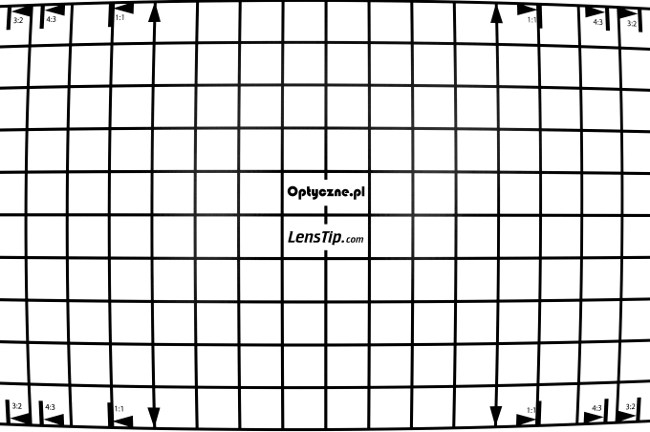
|
|||
| Nikon Z7, APS-C, RAW, 16ámm | |||
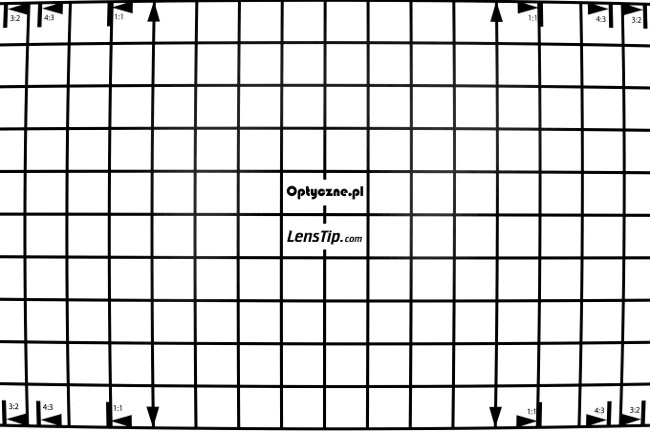
|
|||
| Nikon Z7, APS-C, RAW, 20ámm | |||
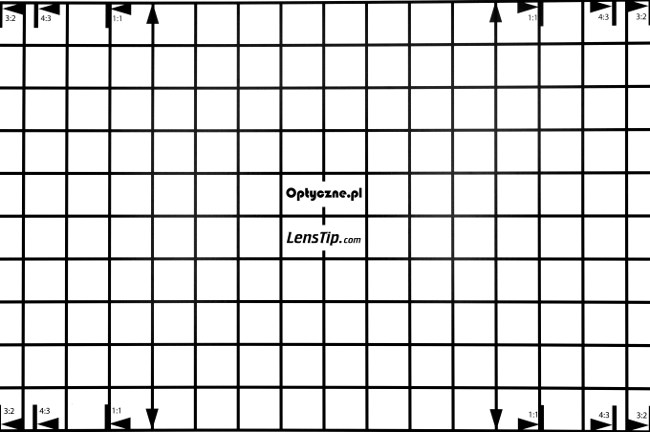
|
|||
| Nikon Z7, APS-C, RAW, 24ámm | |||

|
|||
| Nikon Z7, APS-C, RAW, 30ámm | |||
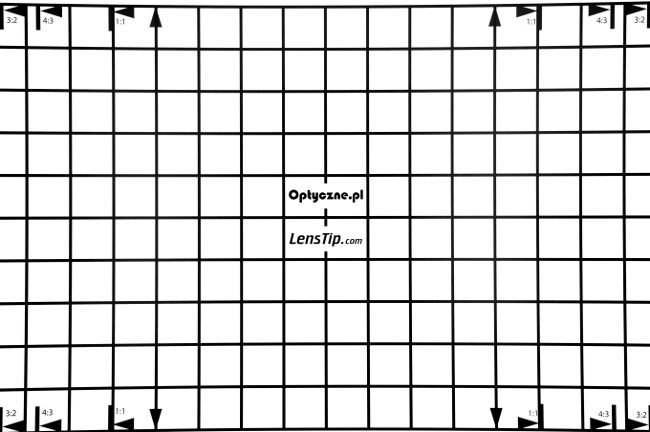
|
|||
Now let's turn to the performance on full frame. JPEG files don't make us worry because, once again, you deal here with results very close to zero. At 14, 16, 20, 24, and 300 mm we got the following values: +0.22%, +0.23%, +0.01%, −0.01%, and −0.07% respectively.
| Nikon Z7, FF, JPEG, 14ámm | |||
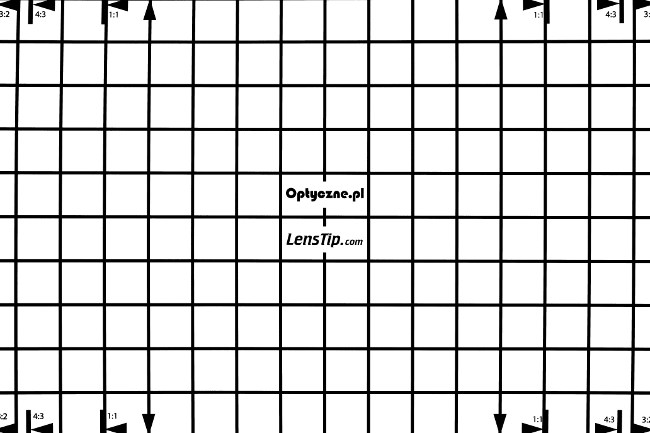
|
|||
| Nikon Z7, FF, JPEG, 16ámm | |||
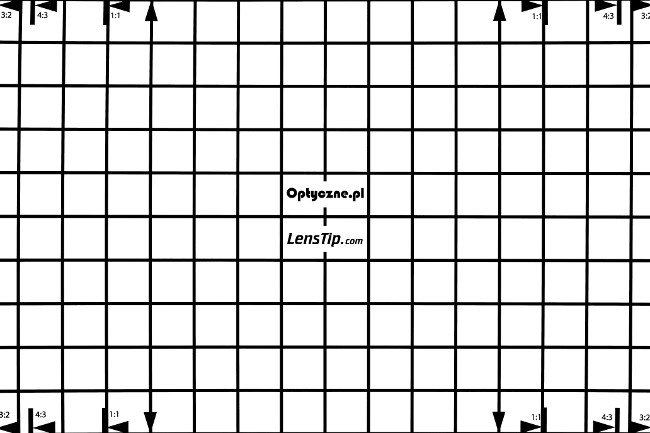
|
|||
| Nikon Z7, FF, JPEG, 20ámm | |||
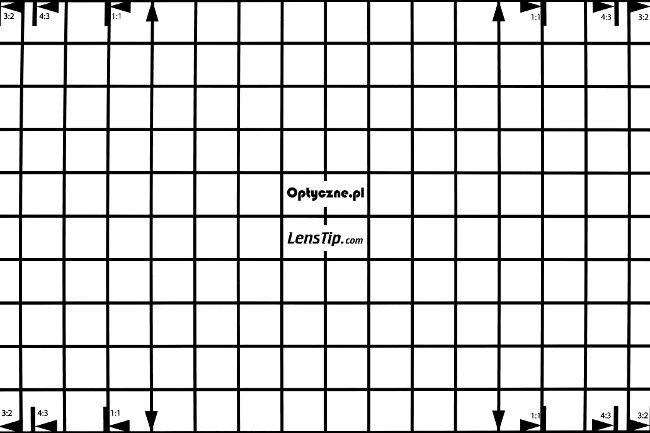
|
|||
| Nikon Z7, FF, JPEG, 24ámm | |||
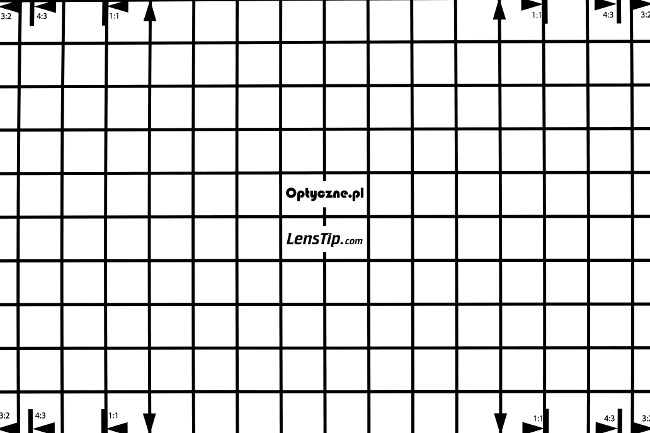
|
|||
| Nikon Z7, FF, JPEG, 30ámm | |||
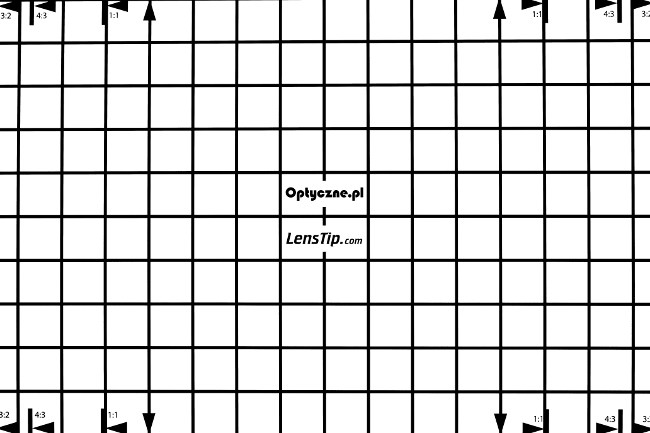
|
|||
Now is the moment of truth – let's check the RAW files performance on full frame. At 14 mm you see huge barrel distortion of −7.04%. At 16 mm it decreases noticeably but still it remains perfectly visible, reaching −3.61%. Further increase of focal length makes it drop very quickly; then it becomes zero and turns into pincushion variation of that aberration. At 20 mm you deal with a value of +1.22%, at 24 mm its level increases to +3.00%, and at 30 mm it is +3.72%.
Pincushion distortion of such a high level, perfectly visible with angles of view amounting to 70-80 degrees, it is a really interesting experience.
| Nikon Z7, FF, RAW, 14ámm | |||
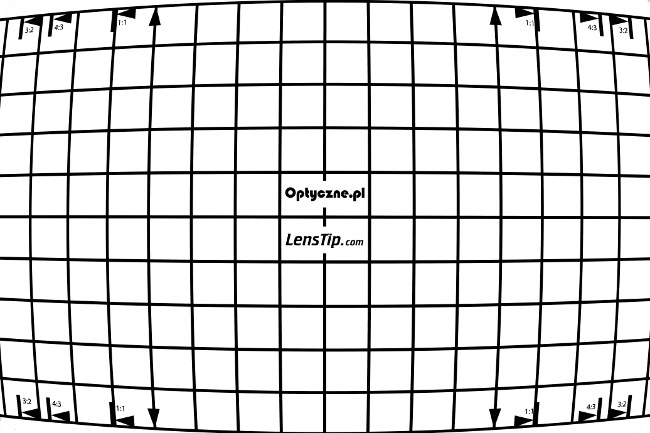
|
|||
| Nikon Z7, FF, RAW, 16ámm | |||
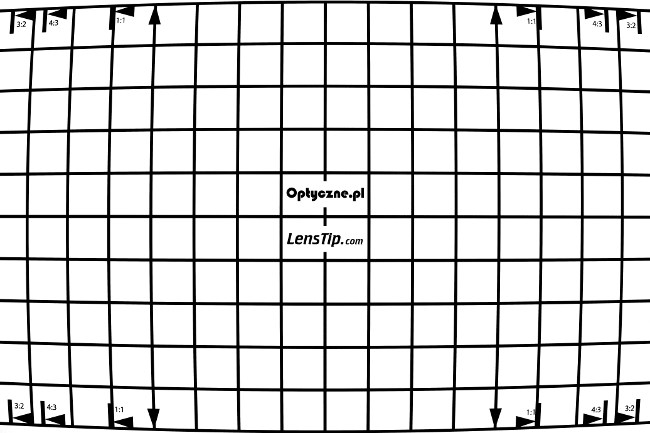
|
|||
| Nikon Z7, FF, RAW, 20ámm | |||
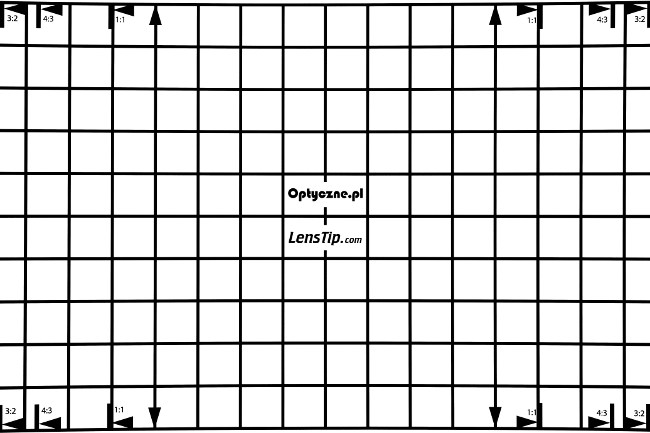
|
|||
| Nikon Z7, FF, RAW, 24ámm | |||
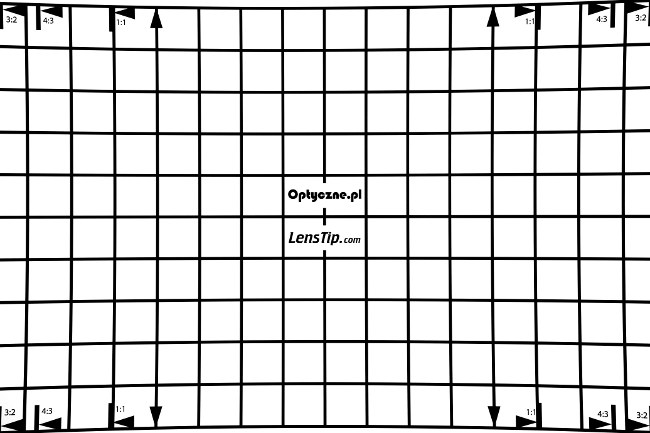
|
|||
| Nikon Z7, FF, RAW, 30ámm | |||
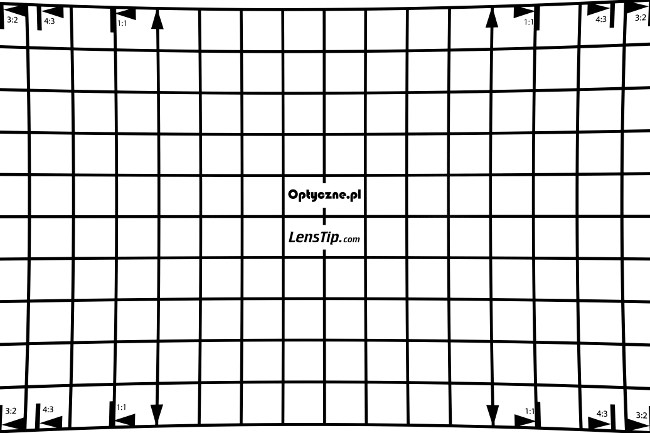
|
|||




